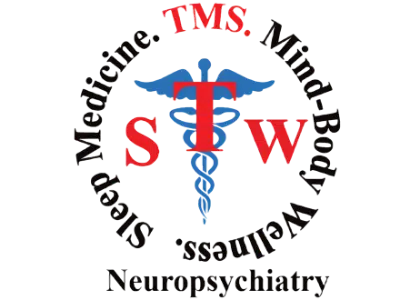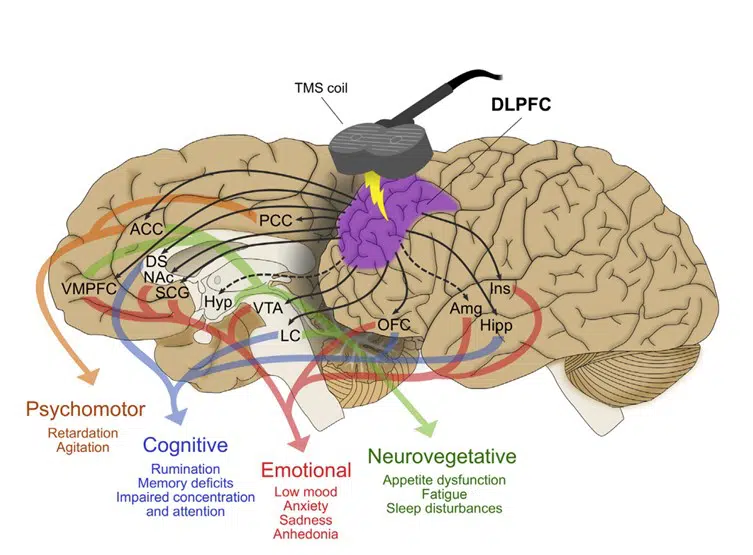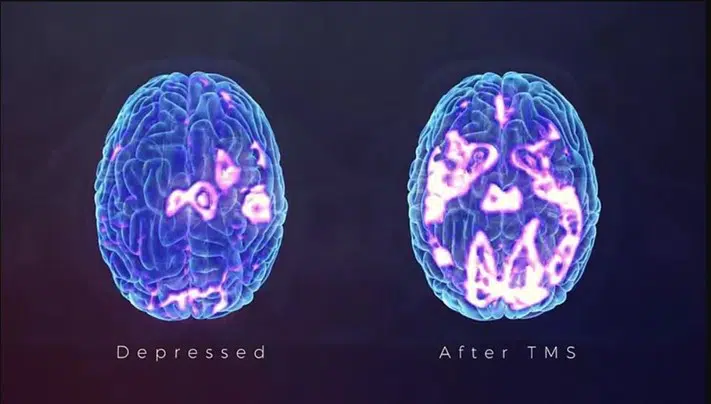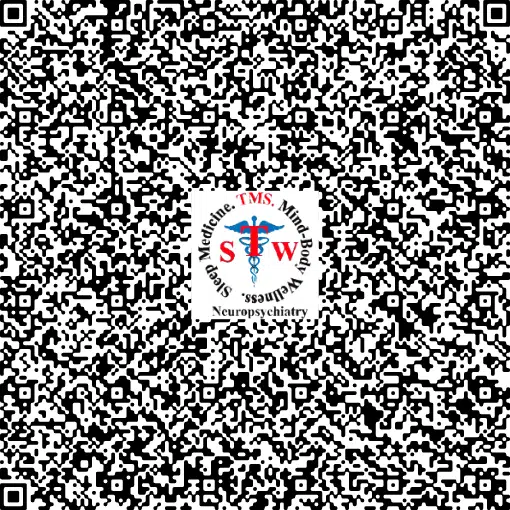Through a treatment coil, the TMS Therapy system generates highly concentrated, magnetic fields which are rapidly switched on and off. These magnetic fields do not directly affect the whole brain; they only reach a few centimeters into the brain, directly beneath the treatment coil.
TMS (or transcranial magnetic stimulation) refers to a medical treatment which is delivered by a device that generates changing magnetic fields. There are many devices which can be used by clinicians. At present, in general, the devices are positioned over the area of the brain which has been targeted by the clinician. For depression, this area is the prefrontal cortex of the brain. These magnetic fields can create electrical activity in the nerve cells. Biological effects of TMS involves complex mechanisms leading to changes in blood flow and metabolism at stimulation site, alterations of monoamine concentrations and receptors modulation, induction of neurogenesis (BDNF upregulation), enhanced neuroplasticity and increase in grey matter and hippocampal volume. TMS stimulation effects not only the targeted area, the prefrontal cortex, but also the connected areas of the brain, the cingulate, amygdala, hypothalamus, and thalamus.





